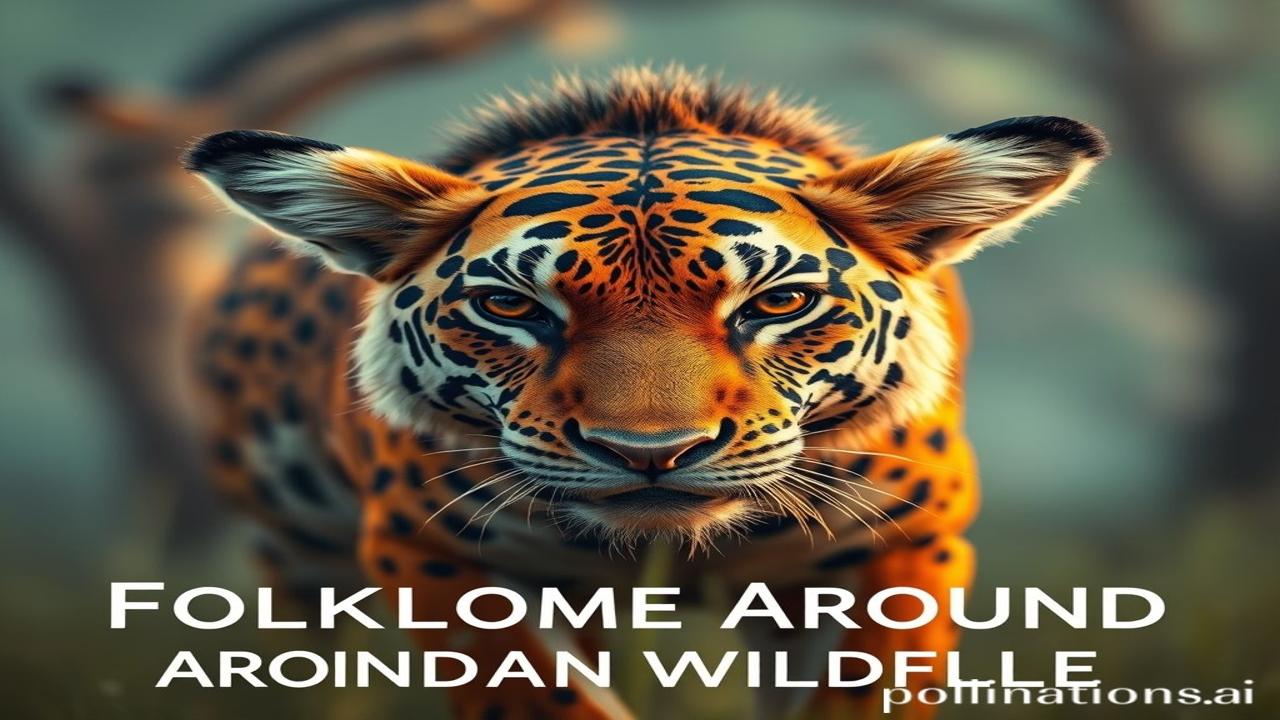Jungle Ki Kahani, Logo Ki Zubani: Unveiling the Folklore Around Indian Wildlife
Kabhi suni hai jungle ki khamoshi mein chhupi hui kahani? Waqt ki dhool jam gayi hai unn kahaniyon par, lekin jo sune, woh samajh jaate hain ki yeh sirf janwar nahin, yeh hamari dharaohar hai, hamari pechan hai. Imagine yourself standing at the edge of a dense forest, the scent of damp earth and wildflowers filling your lungs. You hear the rustle of leaves, the chirping of unseen birds, and a distant roar that sends shivers down your spine. Yahan, in jungles mein, jeete hain sher, haathi, aur hazaron praani – aur jeeti hain unse judi hui dastaan. This blog is all about exploring the fascinating folklore surrounding Indian wildlife!
Jungle Book Se Bhi Pehle: Wildlife in Ancient Indian Tales
What exactly is this folklore we’re talking about? It’s the collection of stories, myths, legends, and beliefs that have been passed down through generations, often orally, about animals and their relationship with humans. This isn’t just about “once upon a time”; it’s about how our ancestors saw the world, understood it, and respected it.
When did this all begin? Way back! Think Indus Valley Civilization (3300-1700 BCE). Seals found at sites like Mohenjo-daro and Harappa depict various animals, suggesting a deep connection between the people and their environment. Later, in the Vedic period (1500-500 BCE), we find hymns dedicated to various animal deities, like Indra’s elephant, Airavata, or Hanuman, the monkey god. The Panchatantra, believed to be composed around the 3rd century BCE, is a collection of animal fables that teach moral lessons. So, this isn’t just ancient; it’s foundational to our culture.
Why is it important? Because it tells us about our sanskaar, our values. These stories often emphasize the interconnectedness of all living beings, the importance of respecting nature, and the consequences of greed and violence. These weren’t just entertaining tales; they were lessons on how to live a good life, a life in harmony with the world around us.
Gaon Ki Galiyon Mein: Tales Woven into Daily Life
Picture this: A small village nestled at the foot of the Himalayas. The women are drawing intricate rangoli patterns outside their homes, depicting peacocks and elephants. The men are telling stories around a crackling fire, tales of brave hunters who faced tigers and bears, but always with respect and a sense of caution.
“Aaj kal jungle mein sher bahut dikhte hain,” says an old man, his face etched with wrinkles that tell a thousand stories. “Hamare dada-pardada kehte the ki sher toh Durga Maa ki sawari hain. Unka samman karna chahiye, unhe pareshan nahin karna chahiye.”
A young girl, with eyes wide with wonder, asks, “Lekin sher agar gaon mein aa jaye toh?”
“Toh hum usse bhagane ki koshish karenge, bina use nuksan pahuchaye. Jungle uska ghar hai, humara nahin.”
This respect for animals permeated every aspect of their lives. Farmers prayed to Indra for rain to nourish their crops, while weavers incorporated animal motifs into their textiles, showcasing their artistic skills and their reverence for nature. Even warriors sought the strength and courage of animals like the tiger and the eagle, adorning their armor with their images.
Aaj Ki Bharat: Echoes of the Wild
Even today, the echoes of these ancient beliefs resonate throughout India. Think about Diwali, when we worship Lakshmi, often depicted with an owl, her vahan (vehicle). Or consider the sacredness of the cow, a symbol of abundance and motherhood. We see animal motifs in our art, architecture, and clothing, from the majestic elephants carved into temple walls to the intricate peacock designs on silk sarees.
The concept of ahimsa (non-violence), central to Jainism and Buddhism, further reinforces the importance of respecting all living beings. This ancient principle continues to influence our social and political discourse, shaping our attitudes towards environmental protection and animal welfare. Bharatiyata, at its core, is about recognizing the divine in everything, including the animals that share our planet.
Mazedar Sach: The Mystery of the Snow Leopard
Log samajhte hain ki sher jungle ka sabse khatarnak janwar hai… lekin asli sach yeh hai ki sabse elusive aur mysterious toh snow leopard hai. These magnificent creatures live high in the Himalayas and are rarely seen. In many Himalayan communities, the snow leopard is revered as a guardian spirit, a symbol of the mountains’ untamed beauty. There are tales of snow leopards guiding lost travelers through treacherous passes, but also stories of their fierce protectiveness of their territory. The mystery surrounding them adds to their allure and reinforces the belief that some animals are best left undisturbed, their secrets safe within the mountains.
Jungle Ki Khushboo: A Sensory Journey
The air hangs heavy with the scent of damp earth and blooming jasmine. The sound of temple bells mingles with the chirping of crickets. The rough texture of bark against your palm grounds you in the present moment. The sight of a peacock spreading its iridescent feathers is a burst of vibrant color in the green landscape. This is India, where the wild and the sacred intertwine, where the stories of animals are woven into the fabric of our being.
Antim Vichar: Echoes of the Past
“Yato Dharma Tato Jaya” – “Where there is righteousness, there is victory.” This Sanskrit shloka reminds us that true victory lies not in dominating nature, but in living in harmony with it. The folklore of Indian wildlife is a powerful reminder of our connection to the natural world, a connection that we must strive to preserve for generations to come. Let us remember the stories, honor the animals, and protect the jungles, for in doing so, we protect a part of ourselves.
